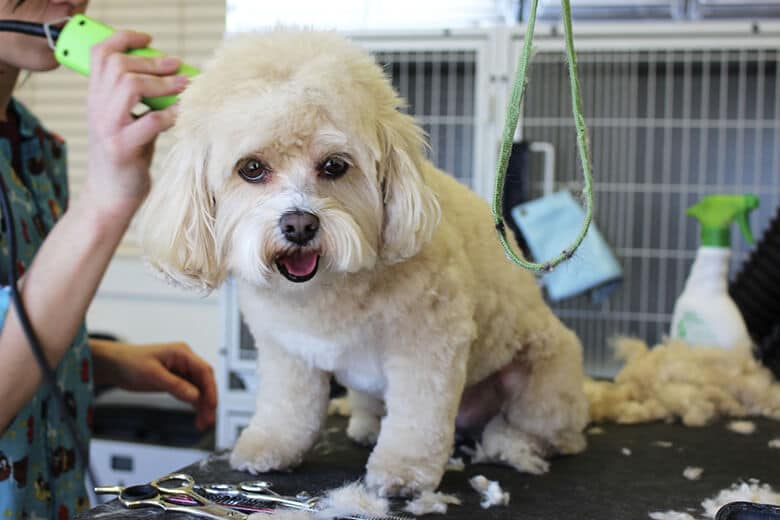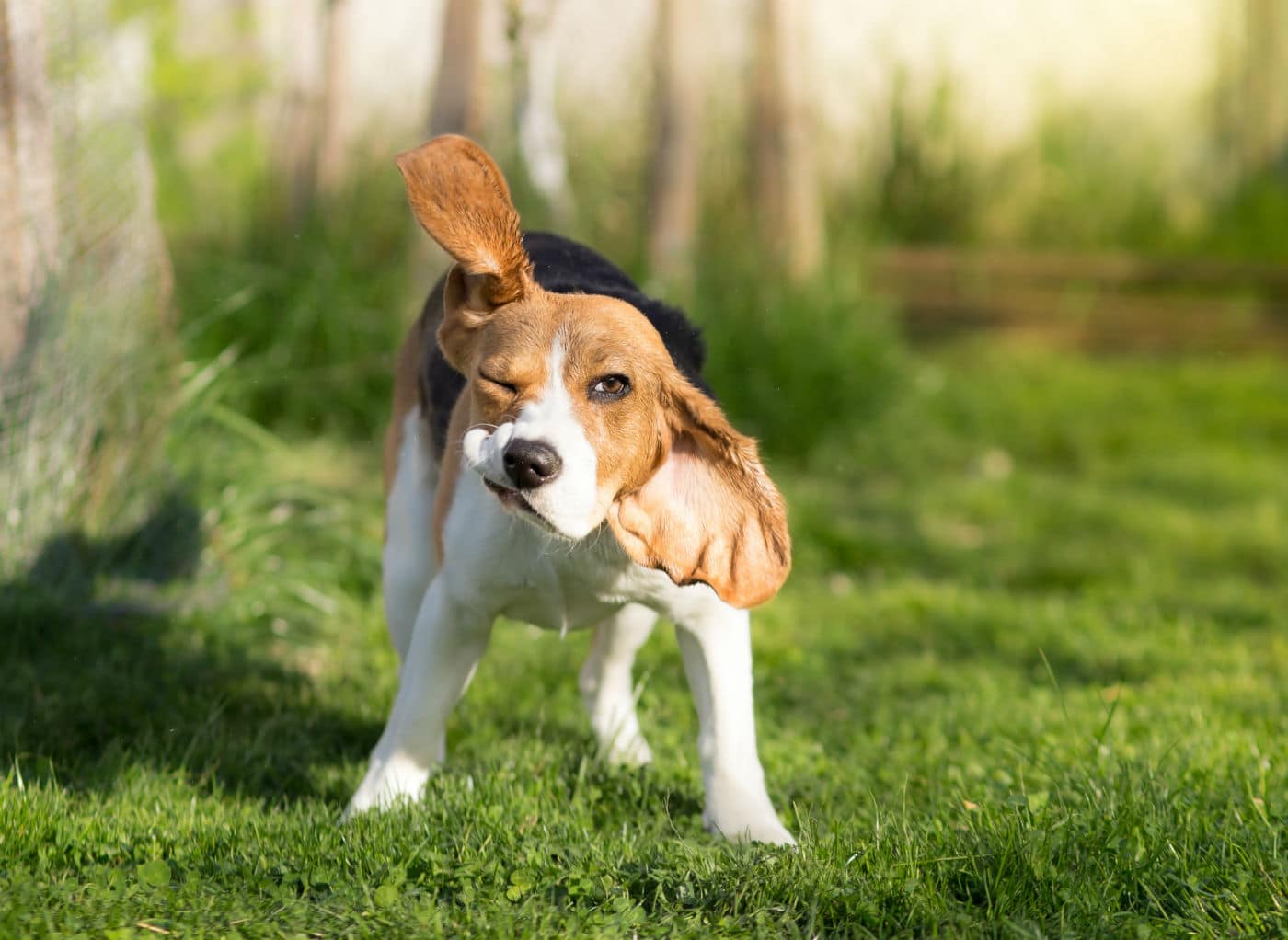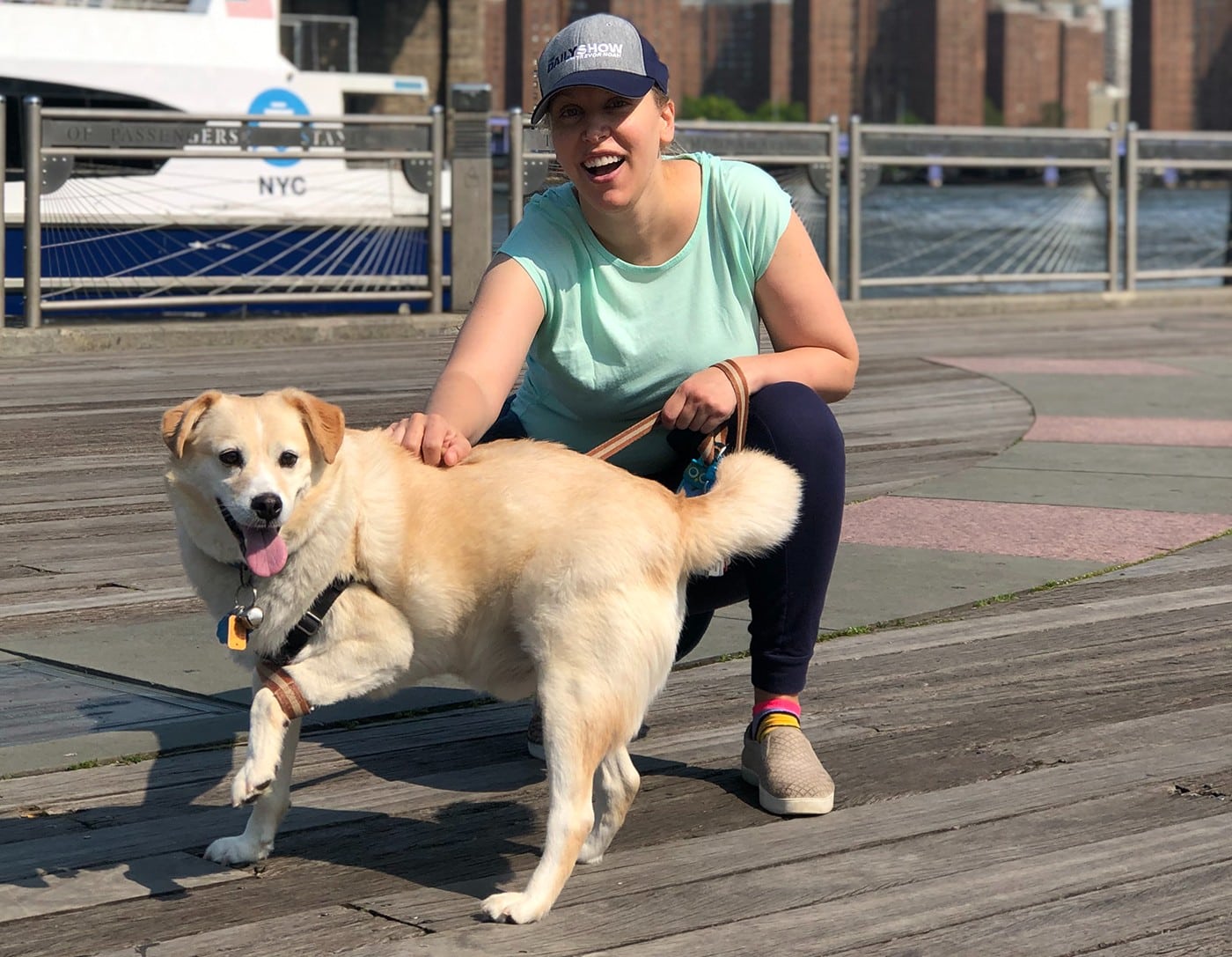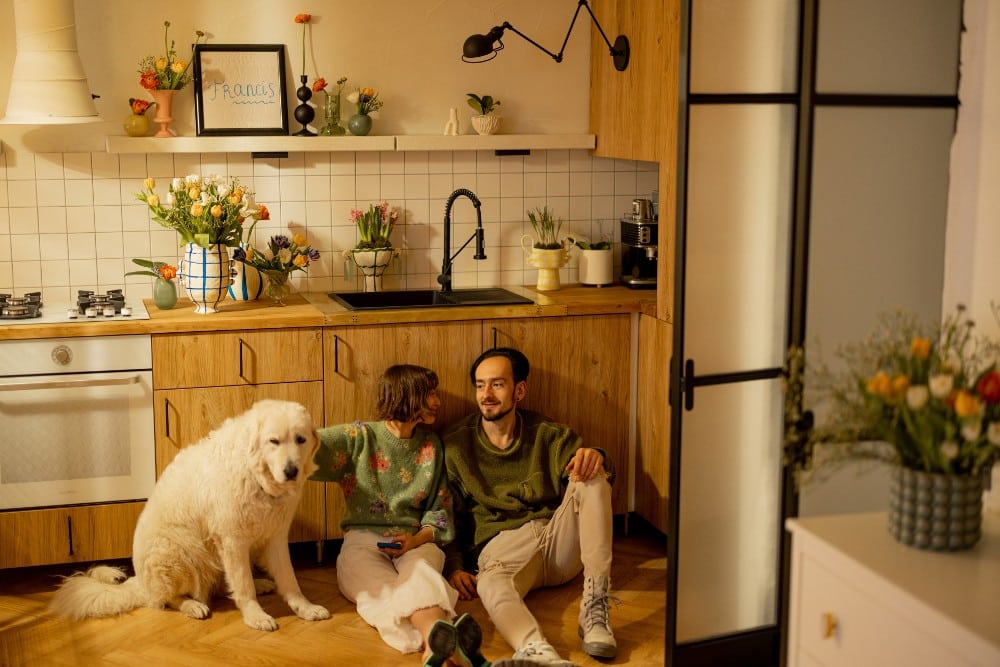Finding a groomer for your dog is harder than most dog parents realize. It’s not like choosing a hairstylist for yourself. That’s not to downplay the trauma that a bad haircut causes, but even if we feel like hiding for a week or two, let’s be realistic, it’s just hair; it grows back.
However, choosing a groomer for our dogs can be a life or death matter. That’s not hyperbole. A recent investigation by NJ.com has revealed that nearly 50 dogs have died during or after being groomed at PetSmart locations across the country over the past decade.
Think about it: When you leave your furbaby with a groomer, you’re trusting him or her with your dog’s life — literally. So, while you may want the John Frieda of dog hairstylists, more importantly, you want someone who will look after your dog’s wellbeing as if they were looking after their own child.
Here is exactly what you need to look for in a dog groomer.
Do Your Research
The most reliable groomers get a good percentage of their business from word of mouth. That means your neighbors, if you’re looking for a groomer close to your home.
When you’re walking your dog, talk to other dog parents. If they like a particular salon, be sure to get the name of the groomer they use. Hang out (loiter?) in front of grooming shops and talk to people coming out with their dogs.
Observe the dogs’ behavior. Do they prance out with their tails held high? Or do you see dogs that look uncomfortable or afraid? Accidents happen; if you see a dog who, for example, has a little bloody nick, ask the owner if it’s happened before. Talk to as many dog owners as you can who are either picking up their dogs or bringing them in.
You can also check out reviews online. Yelp.com has a “Best Dog Groomers Near Me” page. If a salon is listed on your local Better Business Bureau, you can see if any complaints have been lodged (if a business is listed as “This Business is not BBB Accredited,” that just means they’re not a member; it doesn’t reflect on the quality of their work).
Related: The 10 Best Dog Groomers in Manhattan for 2017
Evaluate the Groomer
Look for credentials. Ask about training. How long has the groomer been in the profession? What training has the groomer had? Does the groomer belong to any professional grooming organizations such as the National Dog Groomers Association of America (NDGAA)? Does the groomer have any certification?
Watch the grooming process. Most salons have some kind of observation window or a glass door. Stay and watch the grooming process. It’s a red flag if you can’t see the dogs, or the dogs are in an area that is closed to the public and the salon won’t let you take a look.
Using gentle restraint. Many groomers use a grooming noose; it keeps the dog on the table and only tightens if the dog pulls. But when the dog is restrained this way, the groomer should always be close to the table; if a dog jumps or falls off the table while in a grooming noose, it can strangle them or break their neck.
Handling the dog. Watch the way the groomers handle the dogs. They should be gentle and patient with a dog being difficult; you don’t want a groomer who is out to prove that they are the boss or uses rough handling to keep a dog still.
Ask directly how they handle difficult dogs. Groomers should use their voice and treats. Dogs who are anxious, hyperactive or frightened should get breaks during the grooming process.
Observe the equipment. Does the salon use drying cages? Do they put a towel over a cage to speed up the process? Cage dryers have been the source of dog injuries or even death when the equipment is used improperly or the groomer leaves a dog inside without keeping an eye on him. A towel over the cage to concentrate the heat is very dangerous. Look out for both of these hazards.
If the salon uses drying cages, the dryer used should be one that is meant to be used in a cage. Regular dyers placed in stands and directed at a dog get much hotter than a specific cage dryer. That’s because stand dryers are typically used during motion: the groomer is brushing the dog’s hair and moving the dryer around. The groomer is always aware of the temperature and can adjust it to be comfortable. If a dog is left in a cage with a stand dryer aimed inside, there is no way for the dog to escape if the temperature becomes too high. Dogs have been severely burned using this incorrect method.
Cage dryers should not be used with brachycephalic dogs (dogs with flat faces and short snouts) like the English Bulldog, French Bulldog, Pug, Shi Tzu, Chow Chow and others. Very young and senior dogs should be carefully monitored in a cage dryer. If cage dryers are used, they should be placed in an area where a staff member can monitor them at all times. The groomer should be accommodating if you don’t want your dog in a drying cage.
In case of emergency. Ask what their plan is if a dog is injured. Do the groomers know CPR? This may sound extreme, but it can save your dog’s life. Find out about the veterinarian they use. How close is the clinic? What is their procedure in case of emergency?
Related: This Japanese Groomer Turns Dogs Into Literal Fluff Balls
Evaluate the Salon
Take a good look at the facility. Is it clean? Does it smell? Do you see bugs or fleas? A grooming facility should be a calm, welcoming place. It should appear professional and well organized.
That doesn’t mean you can eat off the floor. Hair on the floor goes with the territory. But hair piled ankle high? Not a good sign. Does it appear as if they clean the grooming area frequently? What are the cages like? Are they sized correctly? Are they clean?
It’s not a bad sign if you see a dog muzzled while being groomed. A muzzle can keep both dog and groomer safe if the dog reacts to stress by snapping. What you don’t want to see is a muzzled dog inside a cage.
Does the owners and/or staff seem open and friendly? If they appear annoyed at answering questions, take your dog somewhere else.
Do they ask you any questions? The groomer should be willing to spend some time with you before they take your dog. A groomer should ask about the dog’s health, vaccinations, age, teeth and any specific issues. The groomer should ask what kind of cut you expect. If your dog is matted, they should explain what they intend to do. (If a groomer tells you that it will depend on your dog’s comfort, that’s a good sign.)
Trust your intuition. If you feel uncomfortable, pay attention. You should feel good about leaving your dog there.
Related: Extremely Matted Dog Goes Through Amazing Transformation — And She Can’t Stop Smiling




















